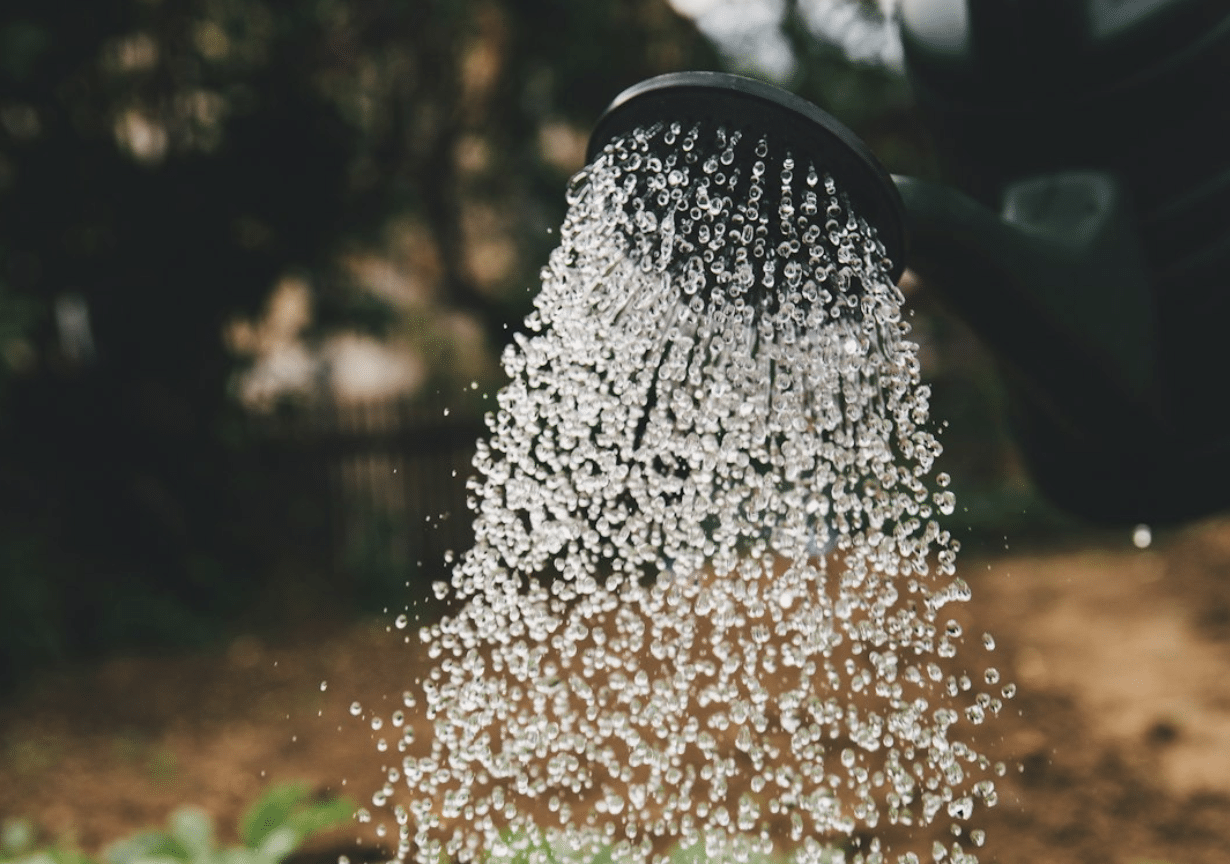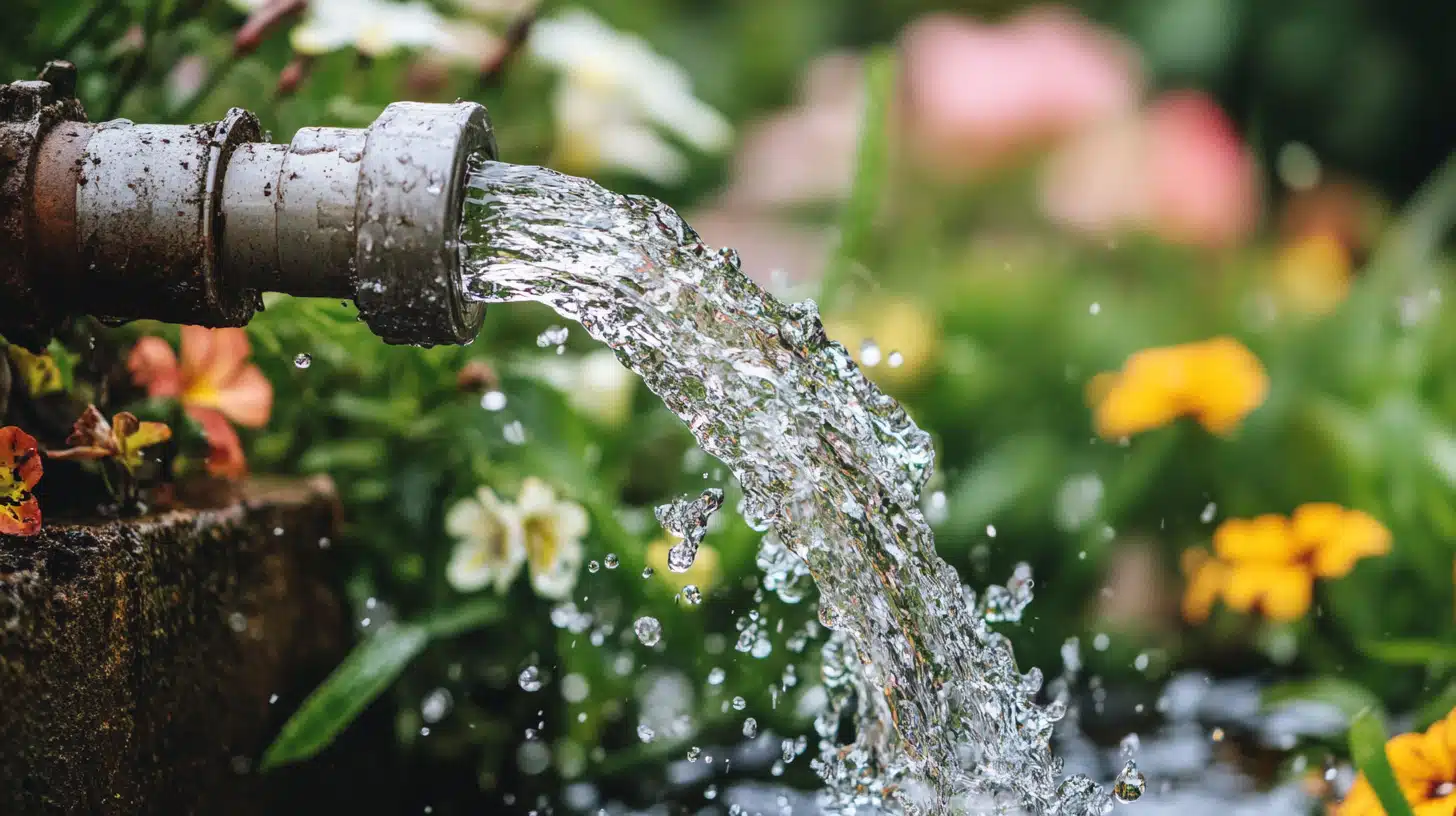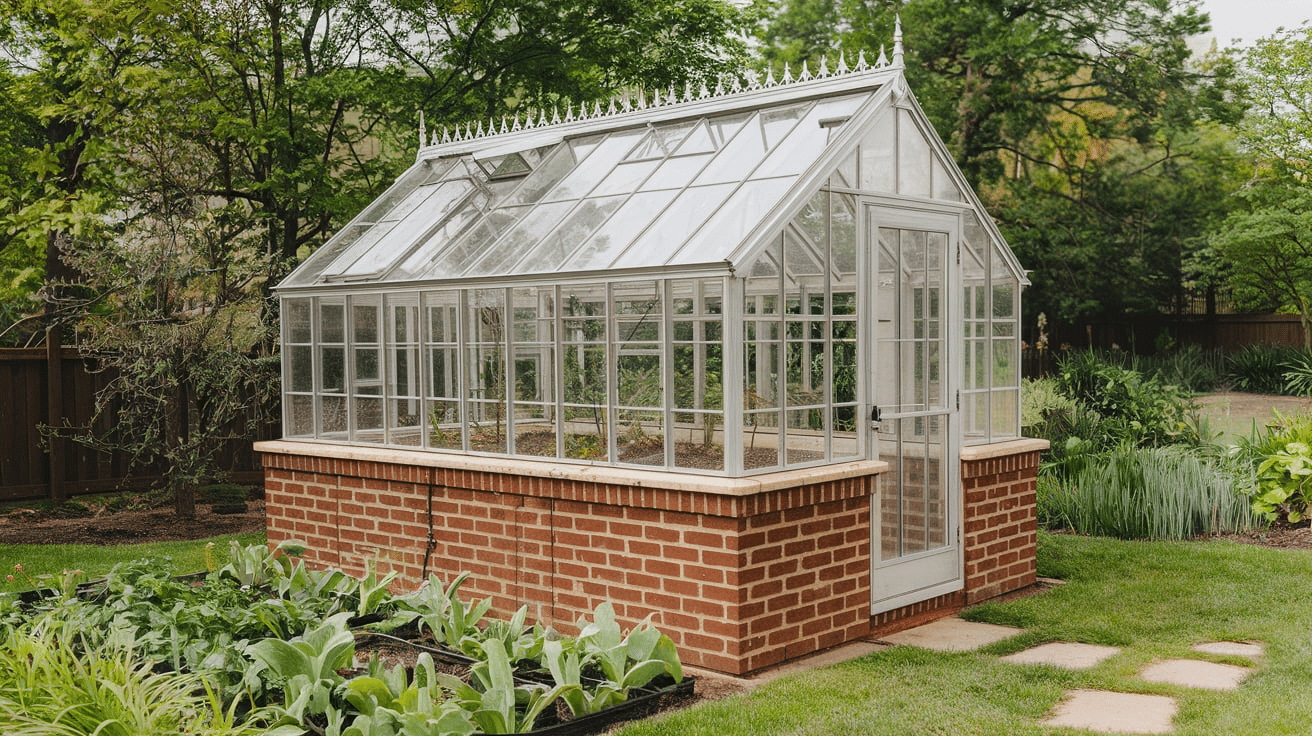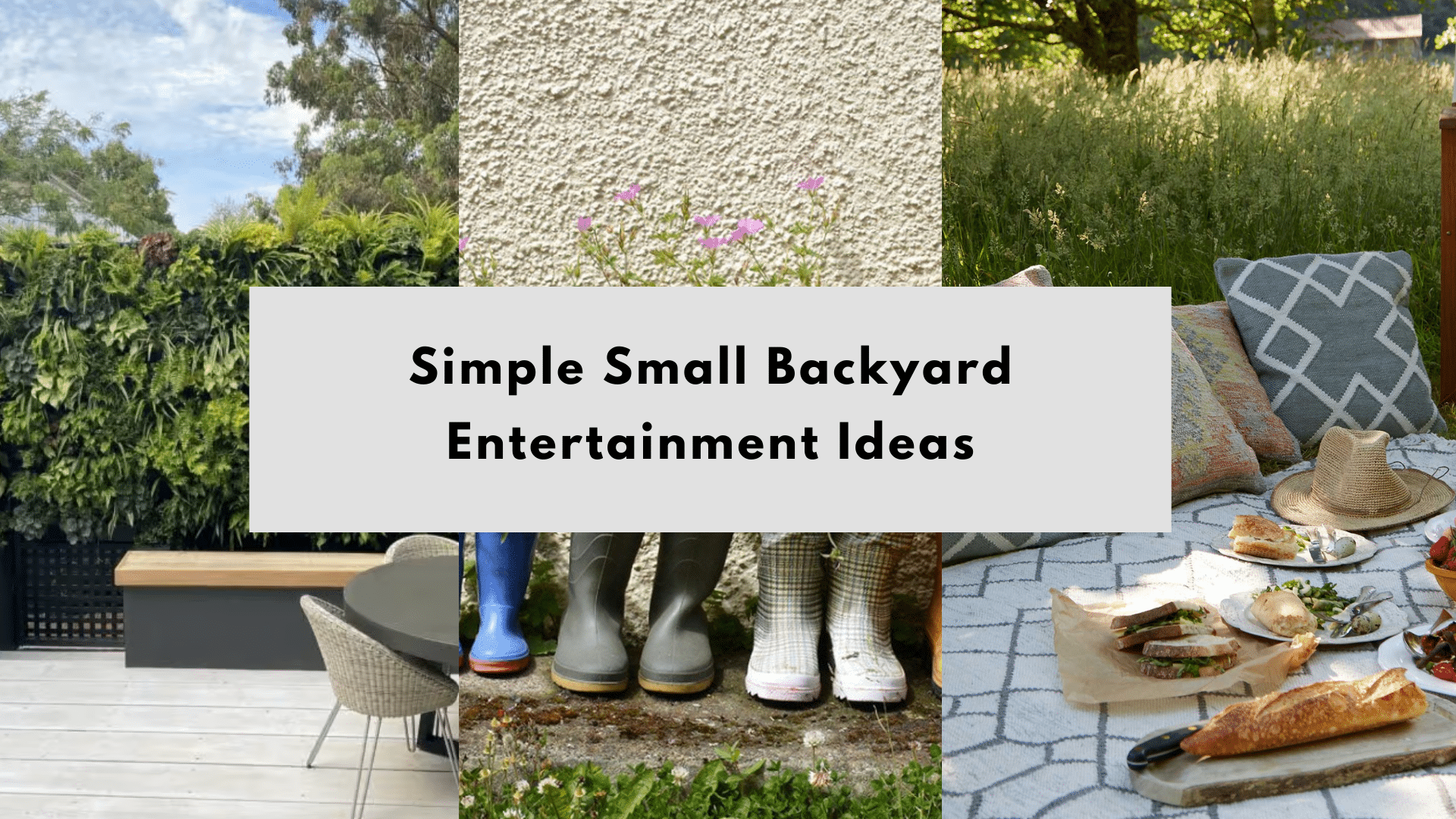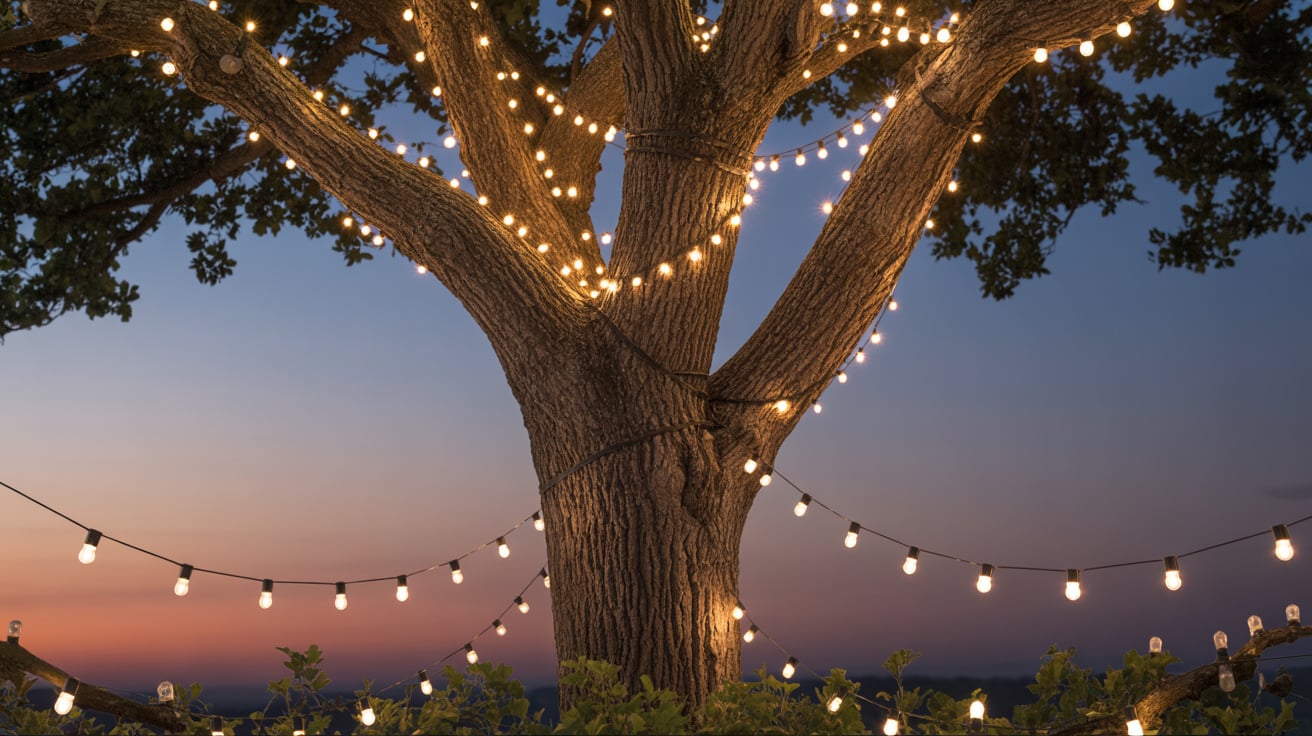7 Enchanted Steps to Craft a Beautiful Sensory Garden
Gardening is many people’s favorite pastime, allowing them to become more grounded and reconnect with nature. Yet, you reap different benefits when you create a sensory garden.
What’s the difference? Explore how sensory gardens differ from traditional gardens, and how to integrate plants and features to stimulate the five senses.
What’s the Difference Between a Sensory Garden and a Regular Garden?
You likely can’t tell the difference between traditional and sensory gardens at first glance. However, sensory gardens are created with more intention. Every feature must consider the five senses — sight, hearing, smell, taste and touch. For example, gardeners may incorporate plants with potent yet relaxing aromas, or integrate enhanced accessibility with walkways and raised beds.
A sensory garden can benefit local biodiversity if designed well. However, it also may have healing benefits for people.
According to a 2020 study, the effects of sensory gardens on older adults with dementia demonstrated a significant reduction in physical, non-physical and verbal aggressions. The gardens also improved the participants’ quality of life by allowing them to participate in meaningful activities.
7 Ways to Create a Sensory Garden
Regardless of your gardening skills, you can enjoy a sensory garden’s beauty and health benefits. All it takes is some planning to incorporate the right plants, decorative objects and features for the ultimate immersive outdoor experience. Here are seven ways to create a sensory garden at home.
Use Fragrant Plants
Some plants and flowers are more fragrant than others, making them ideal for your sensory garden. Beautifully scented flora will tap into your sense of smell with pleasing aromas.
Gardenia is one of the most popular aromatic plants for spring and fall. Other excellent options include azaleas, magnolias, evergreen trees, roses, wisteria and sweet peas.
Consider including lavender in your sensory garden, too. Lavender plants and essential oils are commonly used for relaxation and stress relief. They also add stunning purple to your sea of floral colors.
Plant Herbs and Vegetables
Herbs, fruits and vegetables are the perfect plants to welcome “taste” to your sensory garden, as you might use them in cooking your favorite meals. Imagine stepping into your garden to pick vine-ripe tomatoes, basil, oregano and parsley for a family-style Italian dinner. Olive trees and lemon trees are other mouth-watering plants you can grow if you live in a warmer climate.
Of course, herbs are some of the easiest plants to maintain and are fast-growing. Additionally, they also play into your sense of smell.
Enhance Accessibility
Stone walkways and gravel paths will enhance accessibility, allowing you to move freely and safely throughout your sensory garden. Raised garden beds, potted plants and vertical gardens — such as sprawling plants and small potted plants on a fence — are ideal for those who struggle to bend.
You can use chainsaws and other hand tools to clear debris and weeds from your garden manually. Pay close attention to wet, muddy areas and uneven ground. These environments could present a trip hazard for older adults, people with disabilities and young children.
Arrange Flora Using Different Textures, Heights and Colors
Incorporate different textures and heights using plants when you create a sensory garden. Be sure to include a mix of vibrant colors for visual appeal, such as pink or red rosebushes, bright sunflowers, and pops of blue hydrangeas.
Some plants can withstand gentle touches, too. Coneflowers, moss and chenille plants have unique textures you can run your hands over. Even bunny tail ornamental grasses have soft, fluffy seed heads for you to handle and look at.
Of course, you should also consider including various native plants as a habitat for local wildlife and insects. There has been a 30% reduction in biodiversity since the 1970s, mainly due to deforestation and urban sprawl.
Integrate Sound Features
Homeowners can sit back and enjoy the sounds of their sensory gardens when they add wind chimes, water fountains, and other features. Many people find these sounds relaxing and helpful in reducing stress.
Even adding pollinator plants and feeders will entice an array of birds and insects to your garden. Imagine how enjoyable a cup of coffee could be while listening to songbirds first thing in the morning.
According to research, forest sounds decrease oxyhemoglobin in the right pre-frontal cortex, inducing a state of relaxation and comfortability. The study also suggests natural noises positively affect one’s heart rate.
Illuminate Your Garden
You should be able to enjoy your sensory garden all hours of the day and night, which is why it is a good idea to include lighting. Fairy lights, solar lights, uplighting and illuminating garden decor can create a magical sensory experience when it’s dark outside.
You can set up lighting to highlight different plants in your garden. Suppose you have a beautiful shrub or tree in your garden. Adding a spotlight on it will enable a serene visual experience as you come to the end of your day.
Play around with different lighting features to create shadows. Some plants throw a stunning shade against a wood fence backdrop.
Add a Seating Area
Comfortable seating is just as crucial for your senses as the garden itself. You want to feel a soft cushion and back support while spending time in your garden.
A cozy place to sit will also promote other relaxing activities in your garden, such as reading or meditating. Consider purchasing an outdoor sofa set or Adirondack chairs to take a load off your feet. You might even prefer a small bistro set if you only have a small area to work with.
Create a Sensory Garden for Well-Being
Gardens have a way of adding serenity to your life. However, when you create a sensory garden, you awaken your five natural senses, grow awareness and support your overall well-being.


